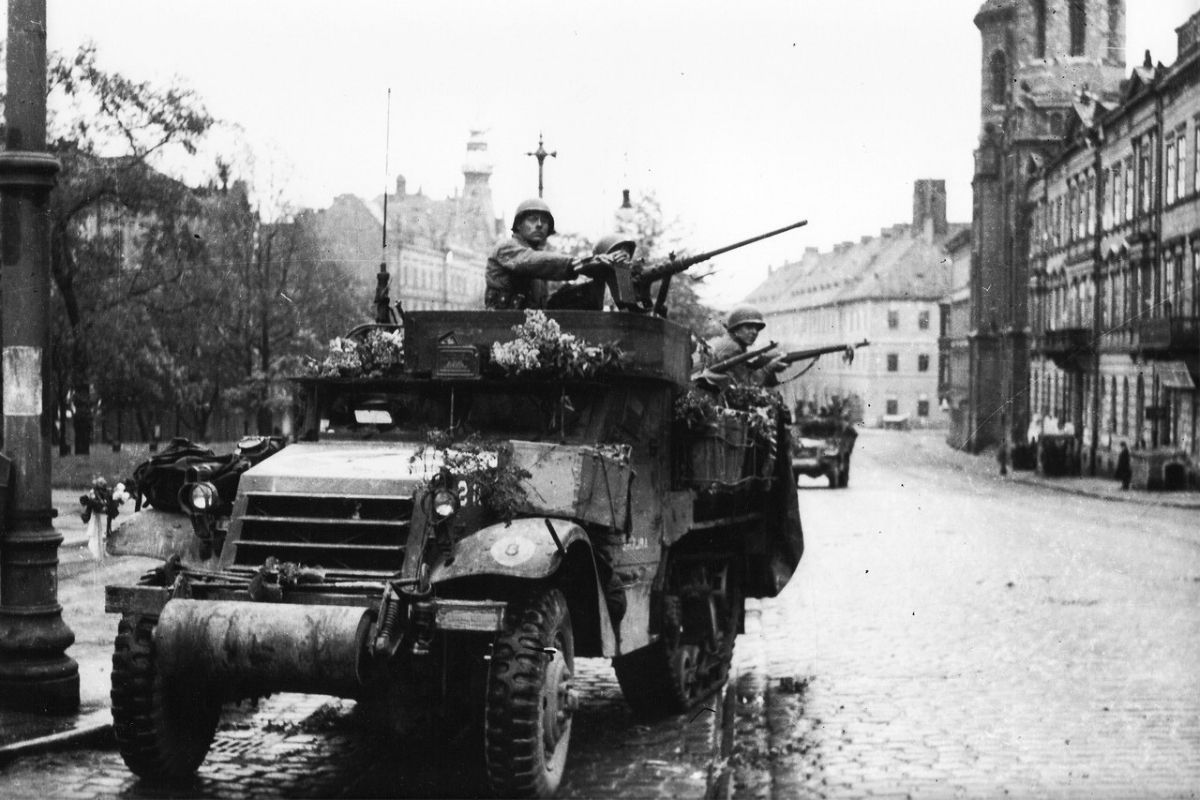
Did you know the Plzeň Uprising was a significant event during World War II? This lesser-known revolt took place in the Czech city of Plzeň in May 1945. As the war neared its end, Czech resistance fighters and civilians rose against Nazi occupation. Why was this uprising important? It marked a crucial step towards liberation and showcased the bravery of ordinary people. The uprising also highlighted the strategic importance of Plzeň, home to the Škoda Works, a major arms manufacturer. Want to learn more? Here are 25 fascinating facts about the Plzeň Uprising that will give you a deeper understanding of this pivotal moment in history.
Key Takeaways:
- The Plzeň Uprising, led by local resistance fighters and supported by American forces, liberated the city from Nazi occupation in May 1945, marking the end of six years of oppression.
- The legacy of the uprising lives on through annual commemorations, monuments, and education in Plzeň, serving as a symbol of courage, resistance, and the pursuit of freedom.
The Plzeň Uprising: A Brief Overview
The Plzeň Uprising was a significant event during World War II, marking the resistance against Nazi occupation in Czechoslovakia. This revolt played a crucial role in the liberation of the region. Let's dive into some fascinating facts about this historical event.
Key Dates and Events
Understanding the timeline of the Plzeň Uprising helps grasp its impact and significance.
- The Plzeň Uprising began on May 5, 1945, just days before the official end of World War II in Europe.
- The uprising lasted for three days, ending on May 8, 1945.
- On May 6, 1945, American forces entered Plzeň, aiding the local resistance fighters.
- The uprising coincided with the Prague Uprising, which also started on May 5, 1945.
- The official surrender of German forces in Czechoslovakia occurred on May 8, 1945.
The Role of the Resistance
The local resistance played a pivotal role in the success of the uprising.
- The resistance in Plzeň was composed of various groups, including former soldiers, civilians, and underground fighters.
- Radio broadcasts were used by the resistance to coordinate efforts and spread information.
- The resistance managed to seize key locations in the city, such as the railway station and important government buildings.
- Local factories, including the Škoda Works, were crucial in providing resources and support to the resistance fighters.
- Women played an essential role in the resistance, acting as messengers, nurses, and even combatants.
American Involvement
The involvement of American forces was instrumental in the success of the uprising.
- General George S. Patton's Third Army was responsible for liberating Plzeň.
- The 16th Armored Division of the U.S. Army was the first to enter Plzeň.
- American forces provided crucial support, including weapons, medical supplies, and food.
- The arrival of American troops boosted the morale of the local resistance fighters.
- The liberation of Plzeň by American forces is commemorated annually on May 6.
Impact on the Local Population
The uprising had a profound effect on the people of Plzeň.
- The liberation of Plzeň marked the end of six years of Nazi occupation.
- Many local citizens joined the resistance efforts, risking their lives for freedom.
- The uprising led to the capture and surrender of numerous German soldiers in the region.
- The end of the uprising brought a sense of relief and hope to the local population.
- The events of the uprising are still remembered and honored in Plzeň today.
Legacy and Commemoration
The legacy of the Plzeň Uprising continues to be celebrated and remembered.
- Plzeň hosts an annual Liberation Festival to commemorate the events of May 1945.
- Monuments and memorials dedicated to the uprising can be found throughout the city.
- The Patton Memorial Pilsen museum is dedicated to the American forces' role in the liberation.
- Schools in Plzeň teach students about the uprising and its significance in local history.
- The Plzeň Uprising remains a symbol of resistance, courage, and the fight for freedom.
Reflecting on the Plzeň Uprising
The Plzeň Uprising stands as a significant chapter in World War II history. This event, marked by the bravery of Czech resistance fighters, played a crucial role in the liberation of Czechoslovakia from Nazi occupation. The uprising showcased the determination and resilience of the Czech people, who fought tirelessly for their freedom.
Understanding the facts about the Plzeň Uprising helps us appreciate the sacrifices made by those who stood against oppression. It also highlights the importance of remembering and honoring these historical events. By learning about the Plzeň Uprising, we gain insight into the broader context of World War II and the impact of local resistance movements.
The legacy of the Plzeň Uprising continues to inspire and remind us of the power of collective action in the face of adversity. Let's keep these stories alive for future generations.
Frequently Asked Questions
Was this page helpful?
Our commitment to delivering trustworthy and engaging content is at the heart of what we do. Each fact on our site is contributed by real users like you, bringing a wealth of diverse insights and information. To ensure the highest standards of accuracy and reliability, our dedicated editors meticulously review each submission. This process guarantees that the facts we share are not only fascinating but also credible. Trust in our commitment to quality and authenticity as you explore and learn with us.
